Sometimes the best Wi-Fi routers struggle to send a signal through multiple floors and walls in a home. When that happens, you have two options for increasing your signal strength: a mesh system or a Wi-Fi extender. A Wi-Fi extender is the simpler of the two, as it simply plugs into an electrical outlet and re-broadcasts your existing router’s signal to another room.
Wi-Fi signal boosters can improve your internet connection in a dead zone without requiring a large investment. The TP-Link RE605X is the best Wi-Fi extender for most people. Although it is slightly more expensive than other models at $100, it provided significant speed boosts in every room I tested and supports Wi-Fi 6 speeds.
If you’re looking for something more affordable, there are plenty of options under $50, though not all of them support Wi-Fi 6. I’ve spent the last few years consistently testing them to find the best of the bunch. After numerous tests, my data revealed that range extenders reigned supreme. Let us get right to them.
Best Wi-Fi Extenders
- TP-Link RE605X
- Linksys RE7310
- TP-Link RE220
- D-Link EaglePro AI
- Asus RP-AX56
- Netgear Nighthawk X4S (EX7500)
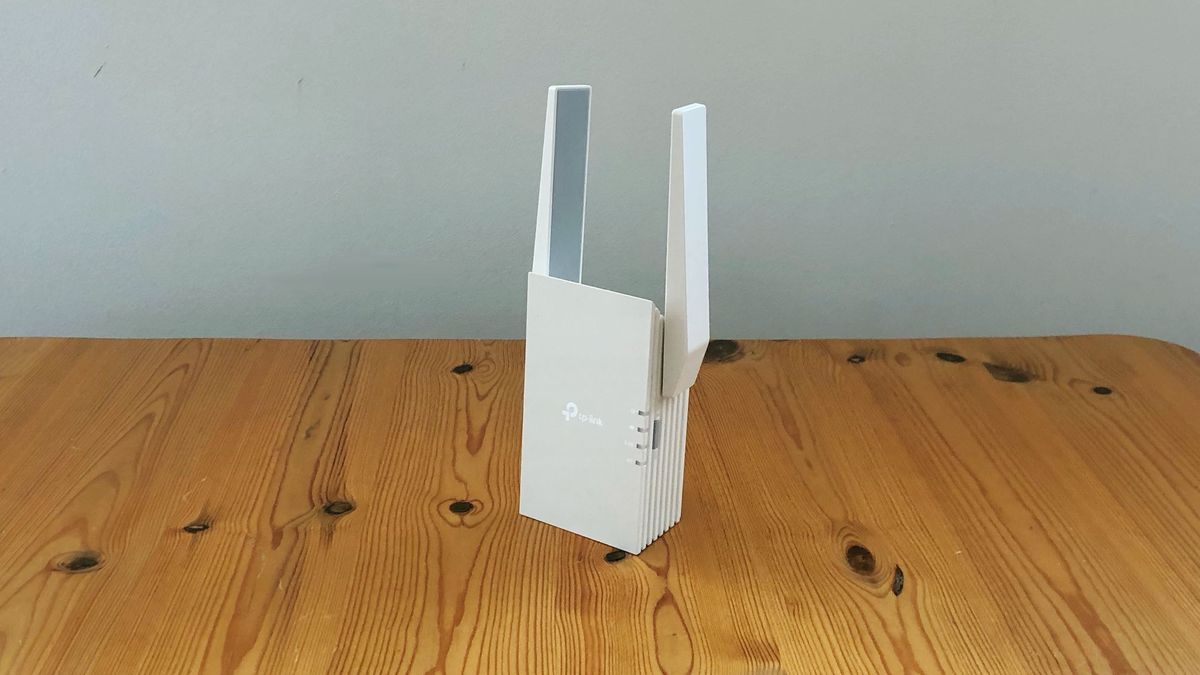
TP-Link RE605X
If you’re looking for a Wi-Fi extender in 2024, I think you should put the TP-Link RE605X for your first choice. At $100, it’s not the cheapest extender on the market, but with a highly capable AX1800 design, full support for the latest Wi-Fi 6 speeds and features, adjustable antennas, and a helpful, easy-to-use control app with high ratings on both Android and iOS, it’s about as well-rounded as range extenders get.
Additionally, the performance is particularly sharp. In my tests at Home, a RE605X in the basement was able to successfully extend the router’s signal from upstairs, resulting in significantly faster upload and download speeds in every room I tested. Across the entire 5,800-square-foot house, among all the extenders I tested, the RE605X provided the fastest average upload speeds to both Wi-Fi 5 and Wi-Fi 6 devices, the fastest average download speeds to Wi-Fi 6 devices, and the second fastest average download speeds to Wi-Fi 5 devices.
When you first pair the extender with your router, it creates its own separate network, which uses the same password as your original network and the same SSID with “-EXT” at the end. That’s better than extenders, which by default create an unsecured network — and if you use the app to remove the “-EXT” bit, it’ll automatically sync with your original network and work invisibly to keep you connected, which is ideal. All of this makes the extender a clear recommendation.
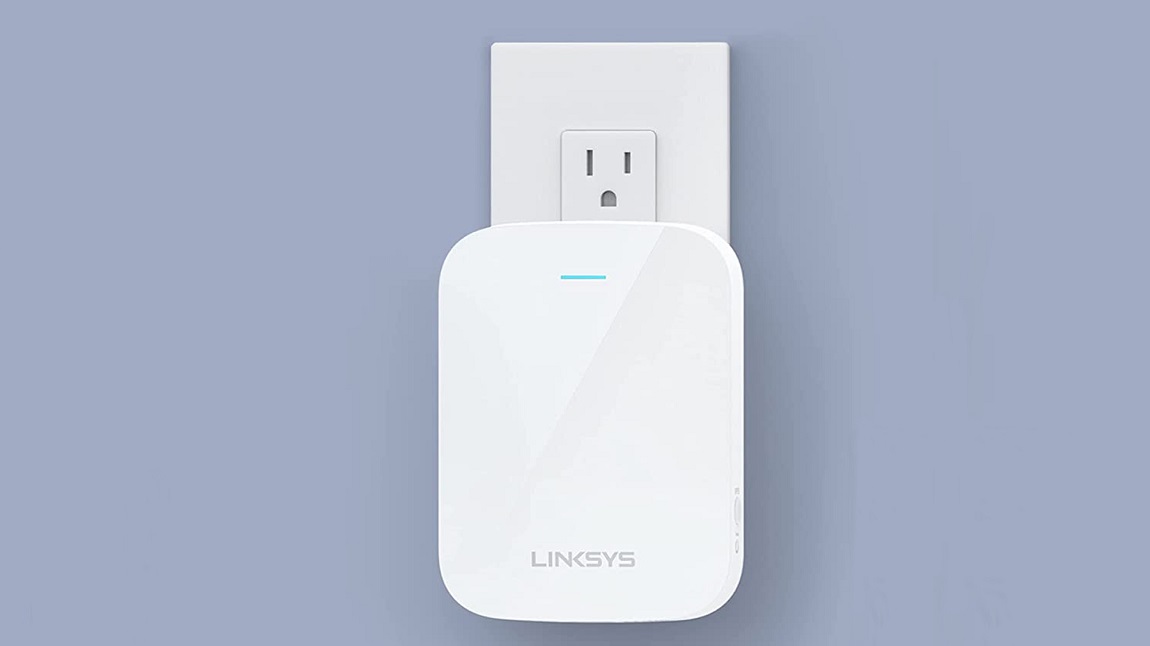
Linksys RE7310
With a fiber internet plan with uploads and downloads of up to 150Mbps, the Linksys RE7310 delivered an average Wi-Fi 6 download speed of 132Mbps across the entire house. That’s only 4Mbps behind TP-Link’s top pick. Regarding uploads, Linksys achieved an average whole-home speed of 124Mbps to my Wi-Fi 6 test device. That is only 2Mbps behind TP-Link.
The only thing keeping me from saying the two finished in a virtual tie is that the RE7310 performed slightly worse with earlier-generation Wi-Fi 5 devices, particularly in terms of upload speeds. Still, the performance was consistent across the board, and I was able to make video calls in the Smart Home’s basement dead zones, which I would have struggled to do with just the single router I tested on. It may appear bulky, but the RE7310 is the best Linksys range extender I’ve tested, and it’s a good choice if you can find it on sale.
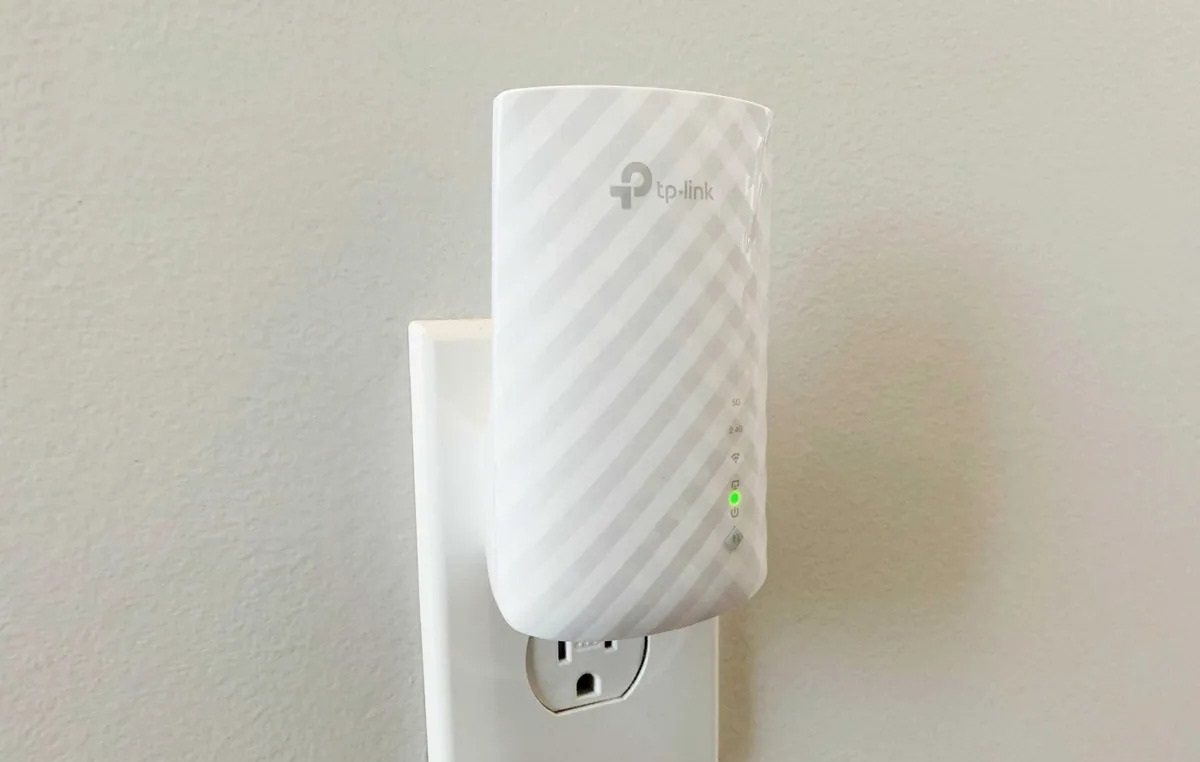
TP-Link RE220
The TP-Link RE220 was the most affordable range extender during my first round of at-home tests in 2020, but it outperformed everything else I tested at every turn. As Wi-Fi extenders go, it’s fast, dependable, compatible with nearly every Wi-Fi router, and simple to use.
Plug it in, press the WPS button to connect to your home network, and it will start broadcasting its own networks on the 2.4GHz and 5GHz bands. Both provided consistent Wi-Fi speeds throughout my home, with average download speeds of at least 75Mbps on the 5GHz band at every room access point I tested, as well as strong upload speeds. The RE220 never dropped my connection, and its speeds remained consistent across multiple days of testing, both during the day and evening.
It’s a little out of date now, and Wi-Fi 6 speeds won’t blow you away, but the strong ease of use and consistent, dependable level of performance make it an absolute steal. It’s not as fast as the top models I’ve tested in the years since, and I haven’t had a chance to retest it yet, but it’s still an excellent choice if you want to boost the signal from the Wi-Fi router to a back room that is beyond the router’s reach but want to pay as little as possible to do so.
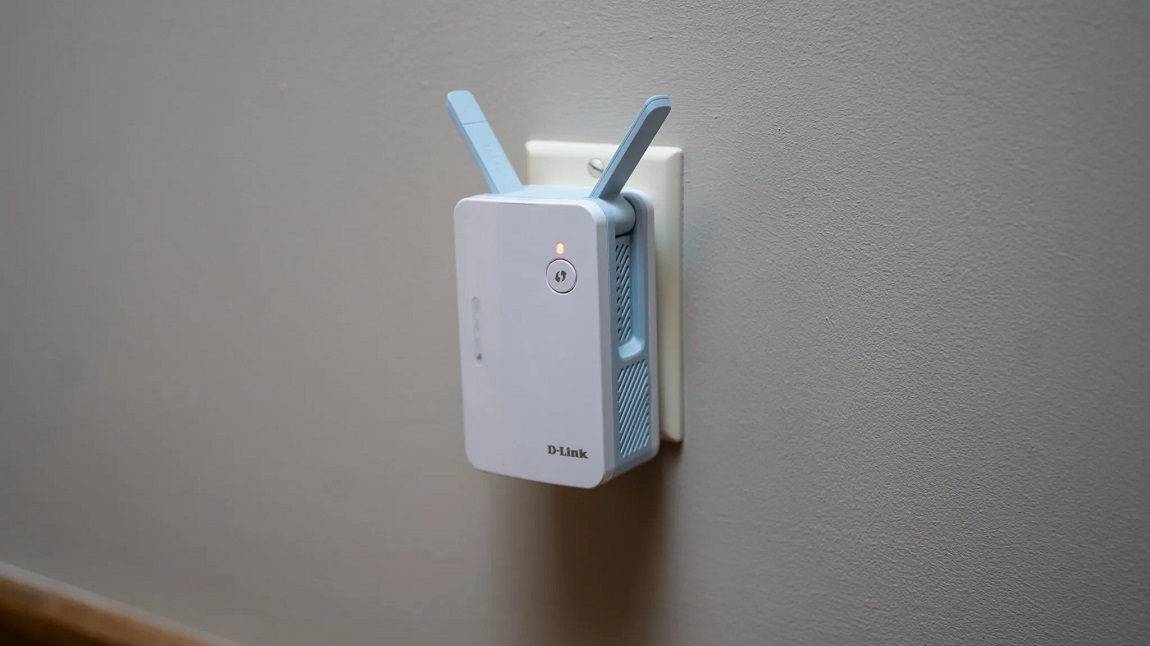
D-Link EaglePro AI
It was never the fastest option in my tests, but it was never far behind — and at $83, the D-Link EaglePro AI is less expensive than some of the top picks listed here. That’s a good deal, especially for a Wi-Fi 6 model with a newly designed control app for Android and iOS, adjustable antennas, and a design that automatically syncs with your router to create a single, unified network as soon as you turn it on.
The EaglePro AI came in last in my speed tests, but it still managed to return average download speeds of 114Mbps for Wi-Fi 6 devices and 112Mbps for Wi-Fi 5 devices across every room I tested it in, which is excellent for a multistory home with a 150Mbps fiber plan.
Upload speeds were lower, with a slightly concerning single-digit average of only 8Mbps to Wi-Fi 5 devices in the home’s most difficult dead zone, but I can forgive that given that the 5,800-square-foot Smart Home is much larger than the AX1500 extender was designed to cover. If your home is smaller than that, the EaglePro AI should suffice.
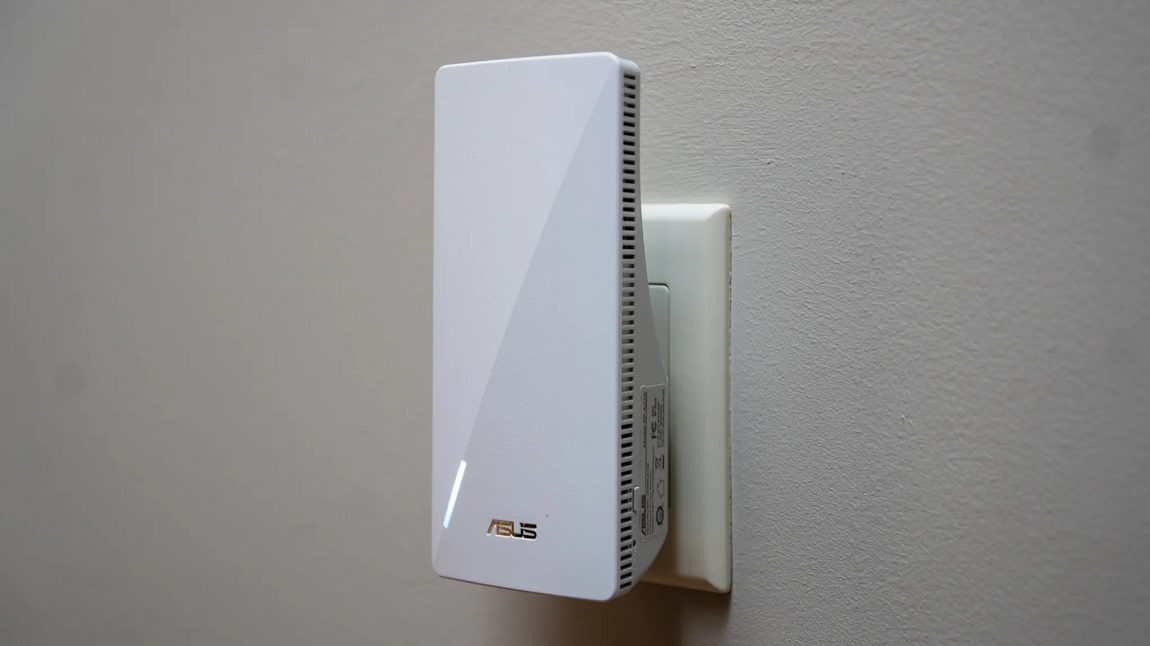
Asus RP-AX56
TP-Link and Linksys both performed well in this latest round of tests, but Asus may have taken the lead with the RP-AX56, a Wi-Fi 6 range extender priced under $90. However, a poor approach to device security prevents me from recommending it.
Let’s start with the good. The RP-AX56 finished in a virtual tie with TP-Link for the fastest average download speeds to my Wi-Fi 6 test laptop, and it outperformed all range extenders when I retested with a Wi-Fi 5 iPad Air 2. Furthermore, the RP-AX56 provided the fastest average download speeds to both Wi-Fi 6 and Wi-Fi 5 devices in the CNET Smart Home’s basement guest bedroom, which remained the most persistent dead zone throughout my testing.
However, the RP-AX56 requires some tweaking. After I first paired it with the router, it created its own Wi-Fi network with a generic name and no password. That’s something you’ll want to change right away, but the 1.5-star-rated Asus extender app for iOS doesn’t provide a quick way to change the SSID and password. Instead, enter the extender’s IP address into a browser bar and log in with the default admin credentials, which were username: admin and password: admin. So, yes, you’ll want to change those, too.
Once that’s done, you can change the SSID and password to match your router, and the extender will work seamlessly with your current network. Still, that’s a fairly low level of default security for a plug-and-play device that most people will never touch. I’ll keep an eye out for updates on this one; if Asus makes any changes to the app or the default settings, the RP-AX56 could quickly rise to the top of the list.